The Grandiose Ambition of the Great Southern of Spain Railway Company Ltd.
Hijate Summit, Baza Terminus, & The Esparto/Sugar Boom
This is the dramatic final ascent of the GSSR to the Hijate continental divide (974m) before reaching the Baza terminus in 1894. Discover the vital role of the triple header steam engines and the emergence of Hijate as the critical braking point. This section details the Esparto Grass boom (feeding Europe's paper mills), the economic engine of the Caniles sugar factory, and the moment the GSSR sold the final Baza-Granada concession, completing its 133-kilometre mineral line.
By Nick Nutter on 2025-10-5 | Last Updated 2025-10-23 | The Grandiose Ambition of the Great Southern of Spain Railway Company Ltd.
This article has been visited 249 times

Hijate, top of the line 2021
The Final Ascent: Serón to Baza (1894)
The last leg of the GSSR’s construction, from Serón to Baza, was arguably the most challenging, traversing the main watershed of southern Spain. This journey was no simple valley run; it involved crossing a high mountain pass that separates the waters flowing to the Mediterranean from those flowing to the Atlantic. The line was officially inaugurated on December 11, 1894.
Do you enjoy my articles? For your reading pleasure, this website does not carry third party ads. You could help me write more articles by buying me a cup of coffee.
Topography: Crossing the Divide
Starting from Serón on the northern slopes of the Sierra de los Filabres, the railway had to climb steadily into the rugged, continuous mountain system that includes the Sierra de Baza. The highest point on the entire GSSR line was Estación Hijate, perched at 974 metres above sea level. This pass is the continental divide: streams on the Serón side flow into the Almanzora River toward the Mediterranean, while rivers on the Baza side flow into the Guadalquivir system toward the Atlantic Ocean.
After crossing this summit at Hijate, the landscape changes dramatically, plunging into the Hoya de Baza, or Baza Depression. This is a vast, arid plain known for its distinctive badlands geology—a sharp contrast to the high mountain environment the train had just traversed.
The Age of Steam and the Triple Header
Commercially, the small station at Hijate was insignificant, but in the Age of Steam, it was absolutely vital. It was the braking point, the highest point on the line.
Due to the significant inclines on both sides—a 710-meter climb over 61 kilometres from Zurgena, and a 141-metre climb from Caniles—trains approaching the summit often required a "triple header," meaning three locomotives: two pulling at the front and one pushing at the rear. These triple-headers would stop at Hijate to uncouple two of the engines, which would then return to their respective stations. It must have been an incredible sight: three steam locomotives at full blast, hauling hundreds of tons of freight up the slopes of the Sierra.
The Pillars of the Local Economy
The final stretch of the line to Baza served two massive regional industries: esparto grass and sugar beet.
Esparto Grass and the Age of Literacy
The 19th century in Britain was dubbed the "Age of Literacy," creating a huge, insatiable demand for paper. When traditional rag sources ran low, paper mills turned to esparto grass, a tough, native Spanish plant already used for ropes, sandals, and baskets.
The most productive esparto growing areas were in Granada and Almería, but the transport to the coast by donkey and cart was slow and expensive. The arrival of the railway at Baza was a game-changer. Entrepreneurs like Robert Cheney Johnston, who had bought up large estates near Baza, waited decades for the rail line. By 1920, the GSSR was carrying over 31,000 tons of esparto grass annually to the port of Águilas, feeding the hungry paper mills of Europe.
Sugar and Gold
The station at Caniles, just before Baza, became an industrial centre in its own right, largely due to the massive Nuestra Señora de las Mercedes sugar factory. Built in 1901, its existence was fundamental to the local agrarian economy, processing up to 250 metric tons of sugar beet per day. The factory’s strategic location next to the railway—complete with a dedicated branch line—was essential for transporting the raw beet and exporting the refined sugar. Its emergence coincided with a national boom in homegrown sugar production following the loss of the cane-producing colony of Cuba in 1898. For decades, the factory was the acknowledged "economic engine of the area."
Caniles was also the site of a more localized industry: gold decanting. Fine, alluvial gold was found in the sands of the nearby from the nearby Monte de La Solana, where a plant was built to wash the gold-bearing sand. Though not a massive national industry, it adds a fascinating layer to the economic history of the valley, a tradition dating back to the Romans and Arabs.
The End of the GSSR Line: Baza Station
Reaching Baza on December 11, 1894, was a monumental achievement. It was the GSSR’s terminus and its first major urban centre since Lorca. The station was a major railway hub, complete with a large locomotive depot, workshops, and a still-visible turntable, creating a community of railway workers and cementing the town’s role as a regional commercial centre.
However, having completed 133 kilometres of mountainous track, the Great Southern of Spain Railway had run out of both steam and money. The company's original goal was Granada, but that dream was now beyond its means. The GSSR made a critical decision: it sold the concession for the final stretch—the route from Baza to Granada—to another company, the Granada Railway Company, which had been formed just one month prior.
For the Great Southern of Spain Railway, their line was complete. They had carved a path through one of Spain's most rugged regions, survived financial disaster, and delivered the mineral and agricultural wealth of the interior to the sea. The era of construction for the GSSR was over.
Before we look at the final, difficult push from Baza to Granada. we must look at the construction of the El Hornillo ore loading pier at Aguilas, without which the GSSR line would not have been viable.
Enjoying This Article – FREE to read on Kindle Unlimited?
My new book, 'The Grandiose Ambition of the Great Southern of Spain Railway Company Ltd.’ is now available as a fully illustrated, colour, paperback from Amazon, as a downloadable ebook from Kindle and Free to Read on Kindle Unlimited.
Do you enjoy my articles? For your reading pleasure, this website does not carry third party ads. You could help me write more articles by buying me a cup of coffee.

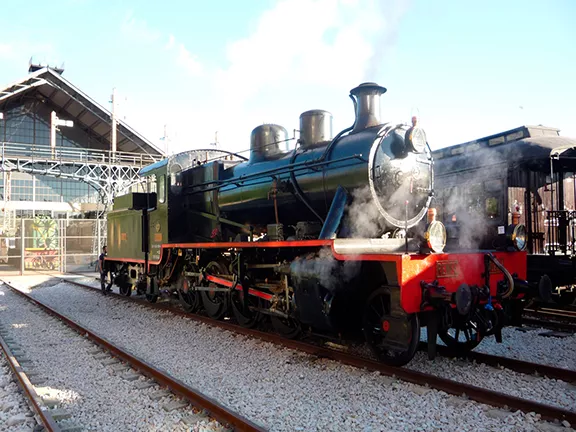 1: Setting the Stage for the GSSR
1: Setting the Stage for the GSSR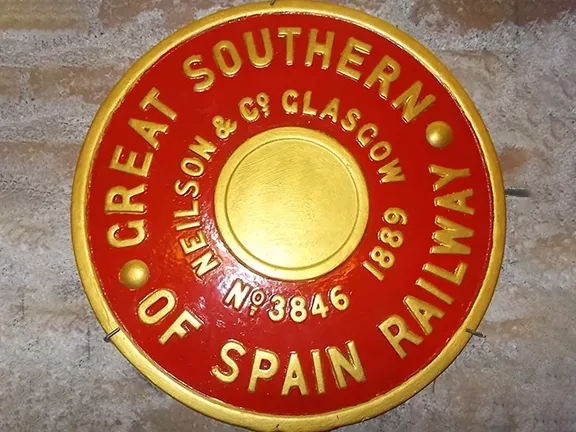 2: Founding the GSSR
2: Founding the GSSR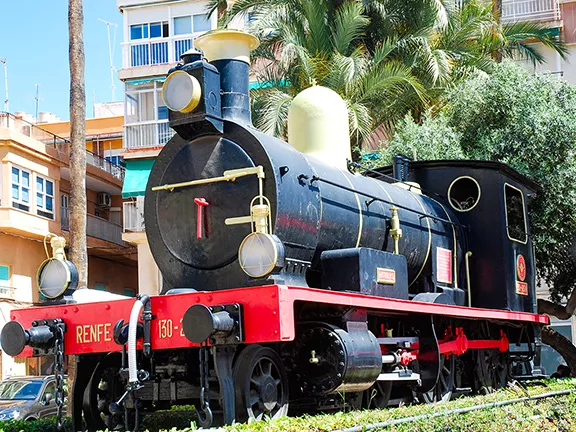 3: Águilas to Almendricos and Lorca (1885–1890)
3: Águilas to Almendricos and Lorca (1885–1890)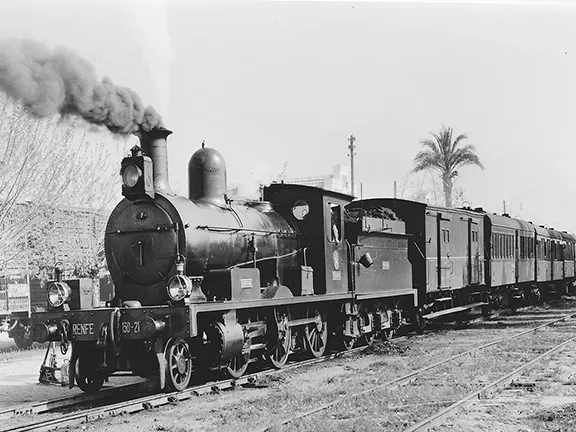 4: Implosion of Hett, Maylor & Co.
4: Implosion of Hett, Maylor & Co.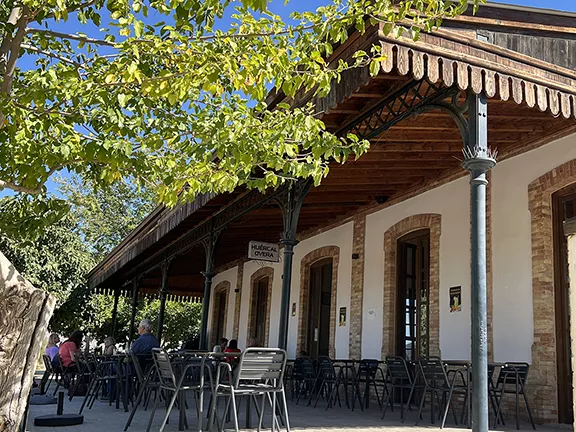 5: Almendricos to Huércal-Overa (1890–1891)
5: Almendricos to Huércal-Overa (1890–1891)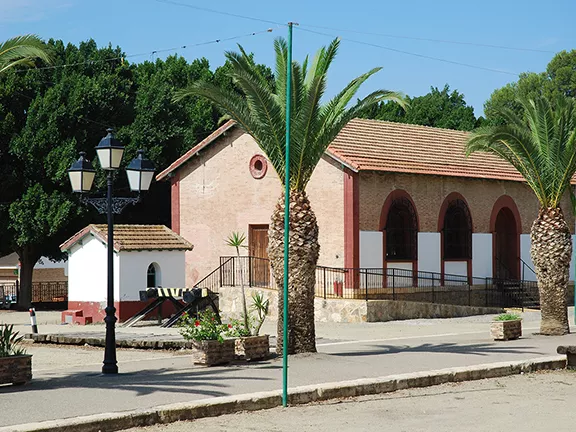 6: Huércal-Overa to Zurgena (1891–1892)
6: Huércal-Overa to Zurgena (1891–1892)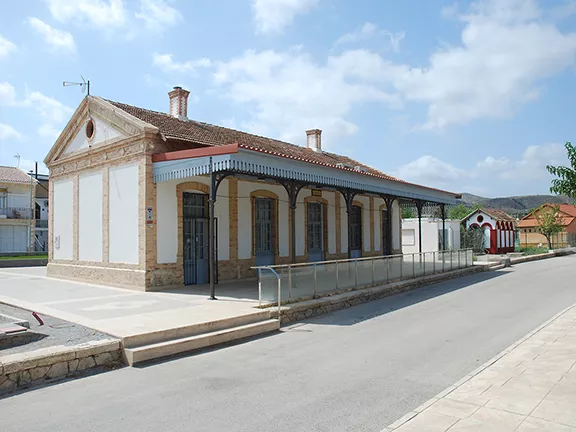 7: Zurgena to Almanzora (1892–1893)
7: Zurgena to Almanzora (1892–1893)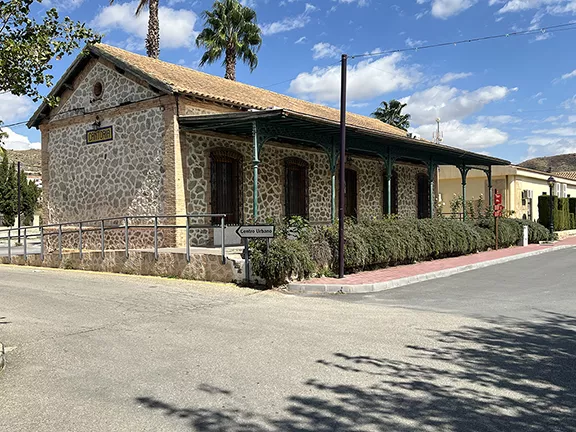 8: Almanzora to Purchena (1893–1894)
8: Almanzora to Purchena (1893–1894)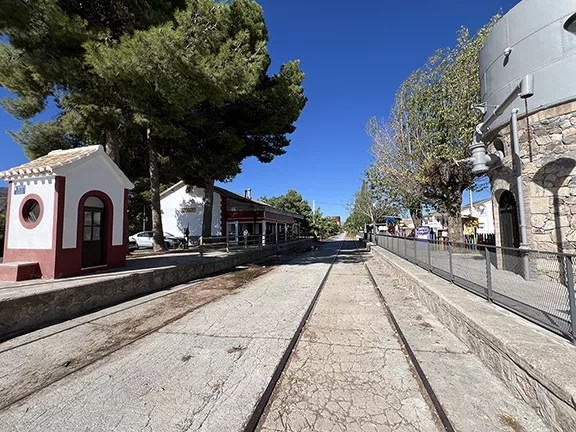 9: Purchena to Serón (1894)
9: Purchena to Serón (1894)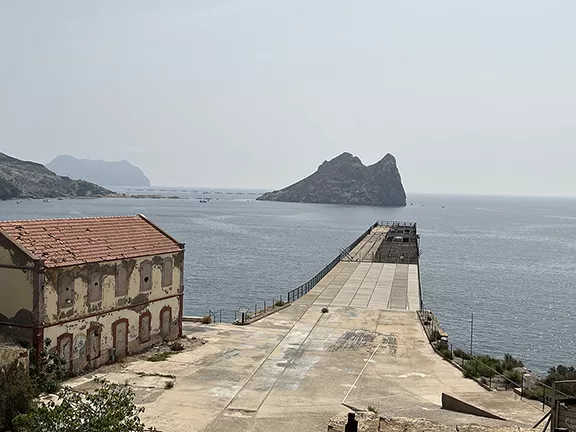 11: El Hornillo Ore Loading Pier (1903)
11: El Hornillo Ore Loading Pier (1903)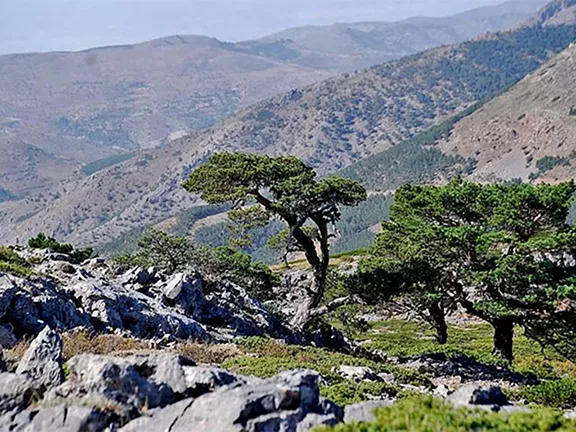 12: GSSR Concession Transfer
12: GSSR Concession Transfer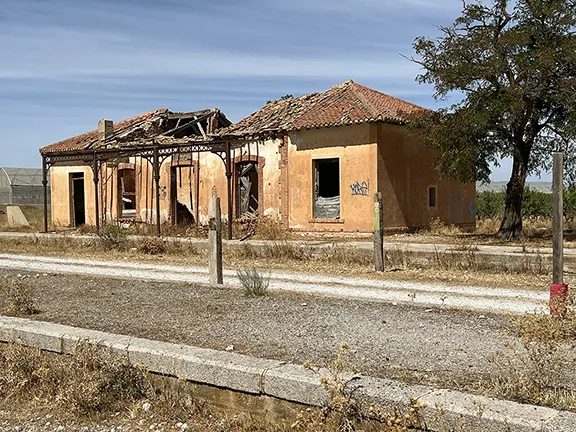 13: Baza to Baúl (1906)
13: Baza to Baúl (1906)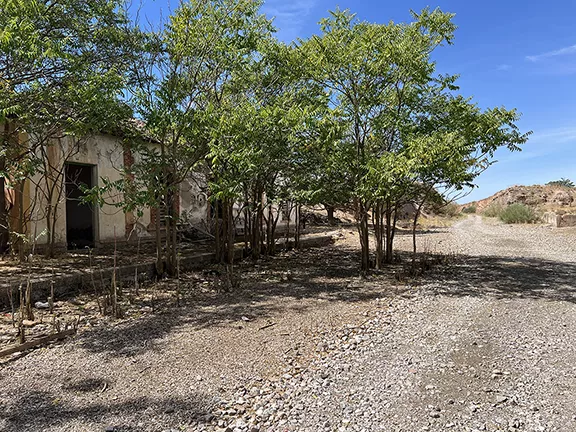 14: Baúl to Gor
14: Baúl to Gor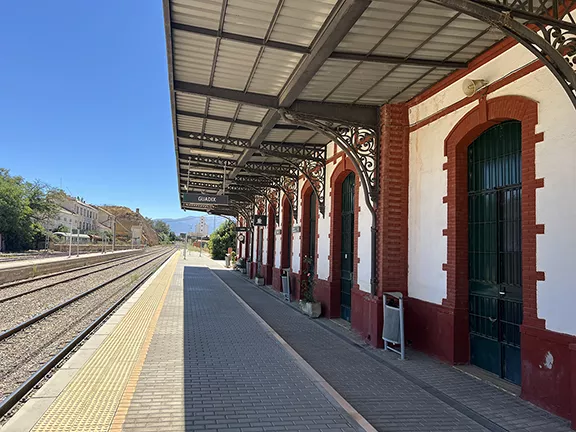 15: Gor Viaduct Disaster (1905)
15: Gor Viaduct Disaster (1905)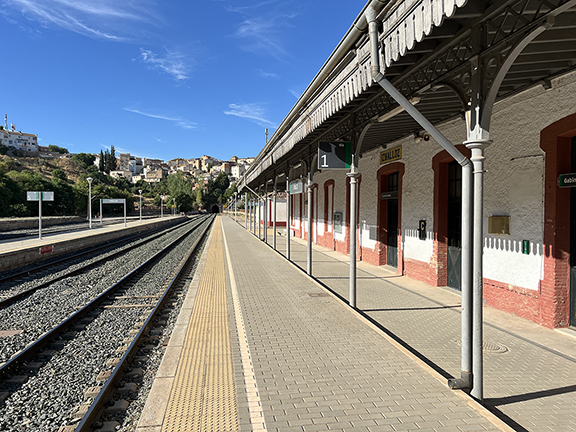 16: Granada to Guadix (1904)
16: Granada to Guadix (1904)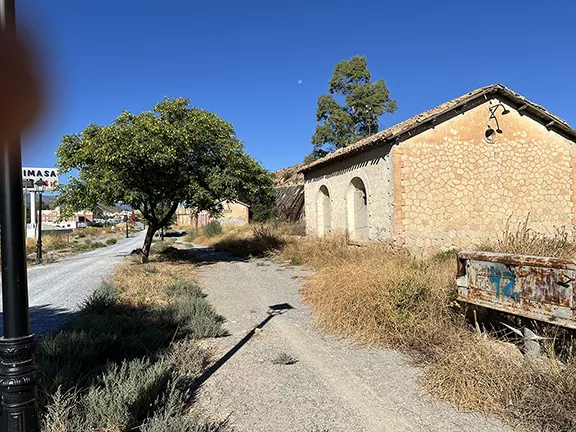 17: The Twilight and Rebirth of the GSSR
17: The Twilight and Rebirth of the GSSR